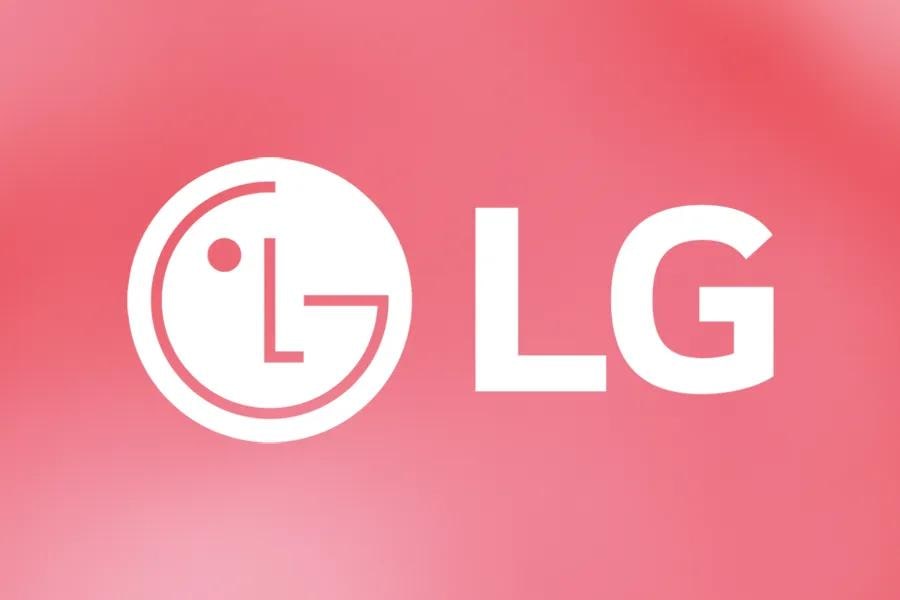efficiency basically comes down to the ratio of watts to size. The lg 365 is the older version In 72 cell.
365w 72 cell is 18.6%. Neon 2
400w 72 cell is 19.3% neon 2
360w 60 cell is 20.8%. Neon R
335w 60 cell is 19.6% neon 2
note that the cells are the same size so the 72 cells are proportionally larger. So you will be able to fit more watts using the 60 cell version.
http://www.lg.com/us/lgcombiz4/compa...l/all-products
365w 72 cell is 18.6%. Neon 2
400w 72 cell is 19.3% neon 2
360w 60 cell is 20.8%. Neon R
335w 60 cell is 19.6% neon 2
note that the cells are the same size so the 72 cells are proportionally larger. So you will be able to fit more watts using the 60 cell version.
http://www.lg.com/us/lgcombiz4/compa...l/all-products

Comment